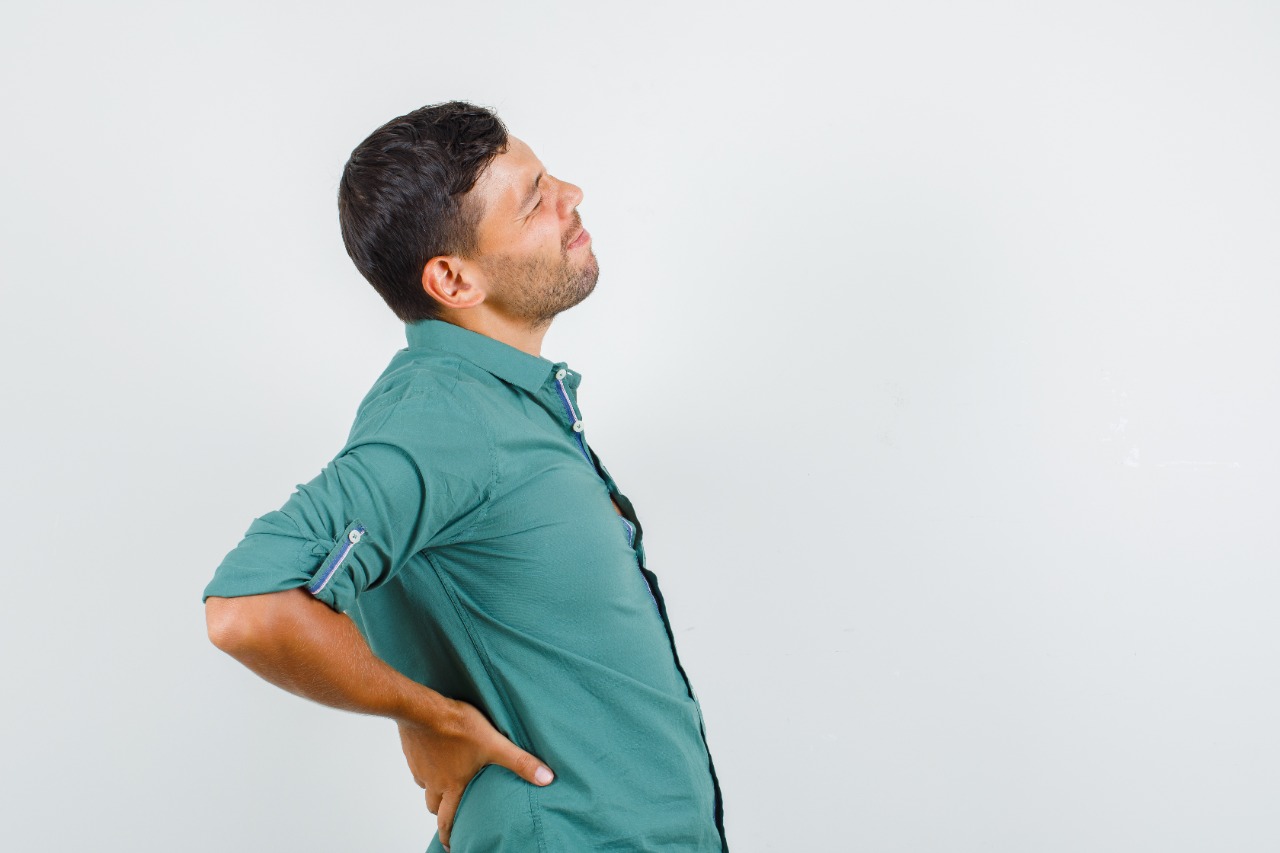Lower back pain is nowadays a common condition. Adults between 30-50 years of age are more likely to experience lower back pain at some point in their lives. The pain might stem from a work-related injury, a sprain, or muscle strain due to sudden movements.
It could also be poor body posture while lifting heavy weights, whether it is at work or the gym. Even incorrect body posture can contribute to lower back pain. When your muscles are weak, it easily leads to injury and back pain, affecting daily normal activities.
Hence you must keep your muscles toned and strong through exercise or physical activities. Muscle strengthening exercise, keeping a check on weight, and core strength building can give relief to the discomfort. Lower back exercise; this can be any exercise for lower back pain that will benefit you.
What Causes Back Pain?
There are some conditions that lead to back pain such as slipped disc, neurological disorder, spinal stenosis, and compression fractures, which require extensive treatment from a certified doctor. Muscle spasms, nerve injuries, degenerative changes (commonly known as osteoarthritis of the spine, the most common form of arthritis), and muscle strains are also contributors to back pain.
You must consult a doctor and get a proper diagnosis. In some cases, the doctor might even instruct you not to engage in physical activities. If your doctor is alright with it, you may try some muscle strengthening exercises to help you. These lower back exercises will benefit you.
Bridges: The large muscle of the buttocks is known as the gluteus maximus. This is considered one of the strongest muscles in your body, it is responsible for hip movements and it stabilizes the lower back and hip joints during movements. If this muscle is not strong, it can lead to back pain. To strengthen this muscle,
- Lie down with your feet on the floor. Ensure it is flat and placed hip-width apart.
- Place your hands by your side, palm facing down. Placing your feet firmly on the ground, raise your buttocks off the ground slowly until your body is in a straight line. Hold for 10 seconds.
- Gradually place your buttocks down. Ensure that your shoulder is on the floor all the time.
- Repeat this step 15 times.
- Do 3 sets of this exercise.
Lateral leg raises: The muscle that supports your pelvis, and helps you to move your legs away from your body and raise them to your side is called the hip abductor muscle. Weakened abductor muscle affects your mobility and balance and contributes to lower back pain.
- Lie on a single side either right side or left side.
- Place the lower leg a little curved on the surface.
- Pull in your belly button in the direction of your spine while keeping your core engaged.
- Raise the top leg keeping the rest of your body immobile.
- Hold for 2 seconds before bringing the leg down. Repeat this move 10 times.
- Do the other side.
- Do 3 sets on each side of the leg.
Supermans: By now you are deep into exercise for lower back pain. Keep at it and finish the set. This exercise strengthens the muscle that helps you to maintain an upright position while it also supports the spine and pelvic bones. The muscle that runs along your spine is called your back extensors.
- Lie on your stomach. Arms extended out and legs placed straight.
- Lift your legs and arms off the floor approximately 6 inches.
- Lift your belly button off the floor, this will engage your core muscle. Spread your hands and feet. Loot at the floor while you do this exercise to avoid spraining your neck.
- Hold for 2 seconds and then slowly return to starting position.
- Repeat 10 times.
The drawing-in maneuver:
The most important muscle for stabilizing spinal joints is the transverse abdominis. It wraps around the midline supporting the abdomen and the spine. To prevent injury during movement, it is important to keep this muscle strengthened.
- Lie with your feet on the floor. Make sure it is flat and that it is hip-width apart.
- Place your hands by your side in a relaxed position.
- Inhale deeply. Breathe out while pulling your belly button towards your spine. Ensure that your abdominal muscles are engaged while keeping your hips firmly placed on the floor.
- Hold for 5 seconds.
- Repeat 5 times.
Partial curls:
For proper hip alignment, a strong abdominal muscle is necessary. This contributes to core strength and stability in the body as the abdominal muscles are most important in supporting the spine.
- Lie on the ground, bend your knees and keep your feet straight & flat on the floor.
- Place your hands over your chest, arms crossed.
- Breathe in deeply. Pulling your belly button towards your spine, exhale, while bracing your abdominals.
- Lift your shoulders off the ground a few inches slowly. Don’t forget to place your neck in line with your spine. Return to the starting position.
- Repeat this exercise 10 times and perform 3 sets.
Word to the wise:
Know your physical strength limits before you start these exercises, otherwise, it can lead to avoidable injuries. Done correctly, these exercises will help you to prevent and ease recurring back pain and aid in lower back pain treatment. A strong core muscle decreases your chances of getting injured and it will help you function better in your daily life. You will see changes in your body and back pain once you slowly start integrating these exercises into your daily routine.
It is worth mentioning again that you must consult a doctor for your back pain before you start exercising, especially if you’ve had a fall or an accident. This will rule out injuries and other serious medical conditions. If your back pain persists or worsens upon exercise, consult your doctor again.

